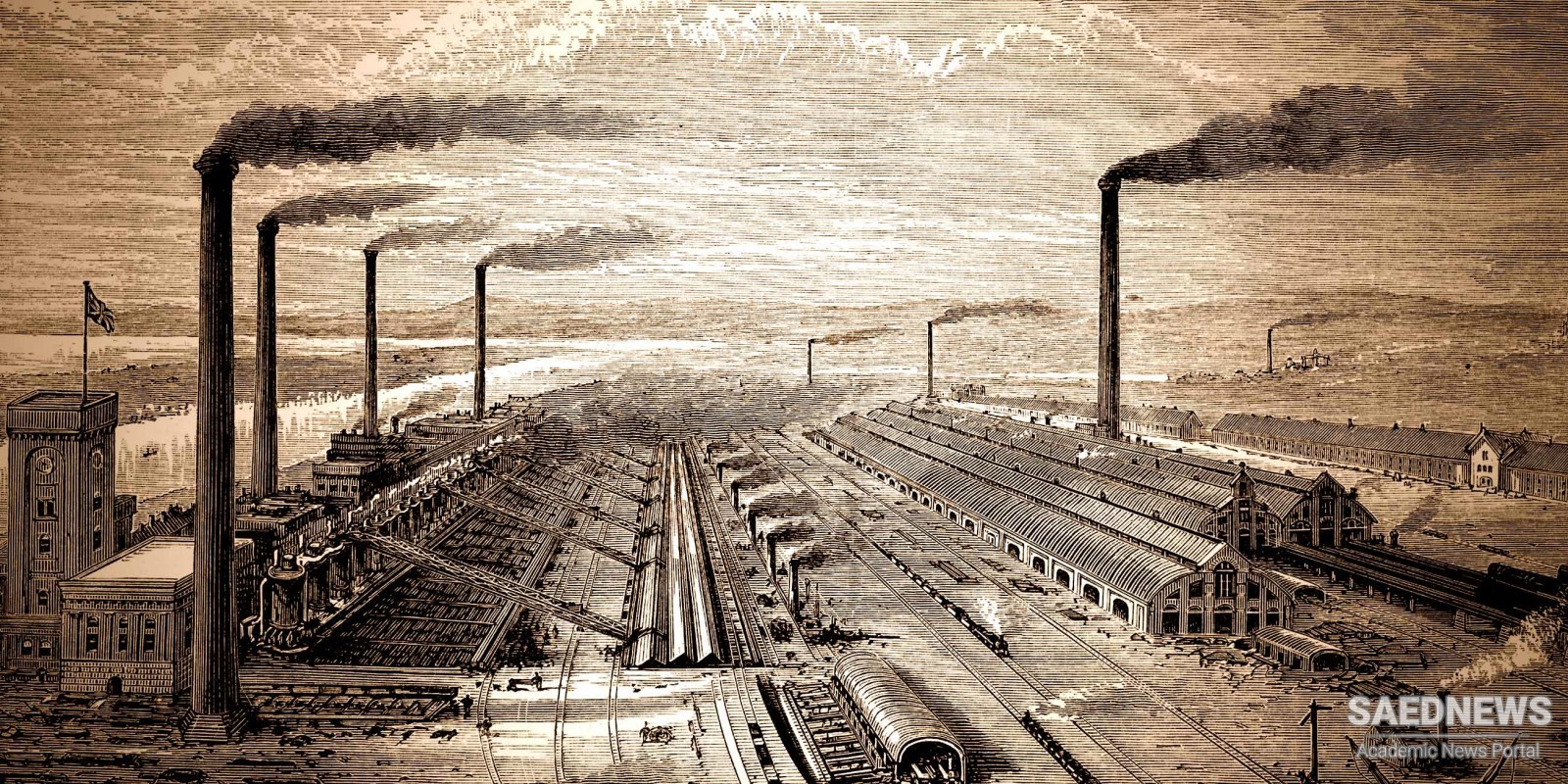From a socio-economic perspective, the world has been, and continues to be, divided into developed and developing countries, sometimes referred to as the “haves” and “have-nots,” the “North” and “South” (because of the high concentration of poorer countries in the southern hemisphere), “industrialized” versus “non-industrialized,” or “more-developed” (MDCs) and “less-developed” (LDCs) states of the world. Such designations are fraught with definitional problems, as the earth continues to be a dynamic place, and many less-developed countries continue to progress on paths of development and modernization. Some nations hardly fit within the basic framework of developed and developing countries, such as a few in Eastern Europe, East Asia, the Middle East, and South America. These, according to Hobbs (2009), might best be considered “newly industrializing countries,” although they all share fairly common socio-economic characteristics that define their level of development.While there is no absolute or universally accepted set of criteria to determine where a country lies on the spectrum of development, the world community and development agencies have identified several variables that permit the distinction between the more-developed and less-developed portions of the world. Per capita gross domestic product (GDP) or per capita gross national income (GNI) are among the most important indicators. Another related indicator that is more revealing in actual terms is annual per capita gross national income purchasing power parity (GNI PPP), which takes into account GNI (GDP plus money from abroad) and differences between countries in the relative prices of goods and services (Hobbs 2009). The disparities between wealthy and poor countries are quite remarkable. According to the Population Reference Bureau (2008), the average GNI PPP in MDCs in 2007 was US$31,200, while in LDCs, the average was US$4,760. The wealthiest country, according to this index, is Luxembourg, where the per capita annual GNI PPP was approximately US$64,400. The poorest two countries, according to this per capita index, are Liberia and the Democratic Republic of the Congo, whose GNI PPP were both measured at US$290 in 2007 (Source: Cultural Heritage and Developing Country).


 Heritage Tourism, a Growing Industry for Progress of Underdeveloped Nations
Heritage Tourism, a Growing Industry for Progress of Underdeveloped Nations














































